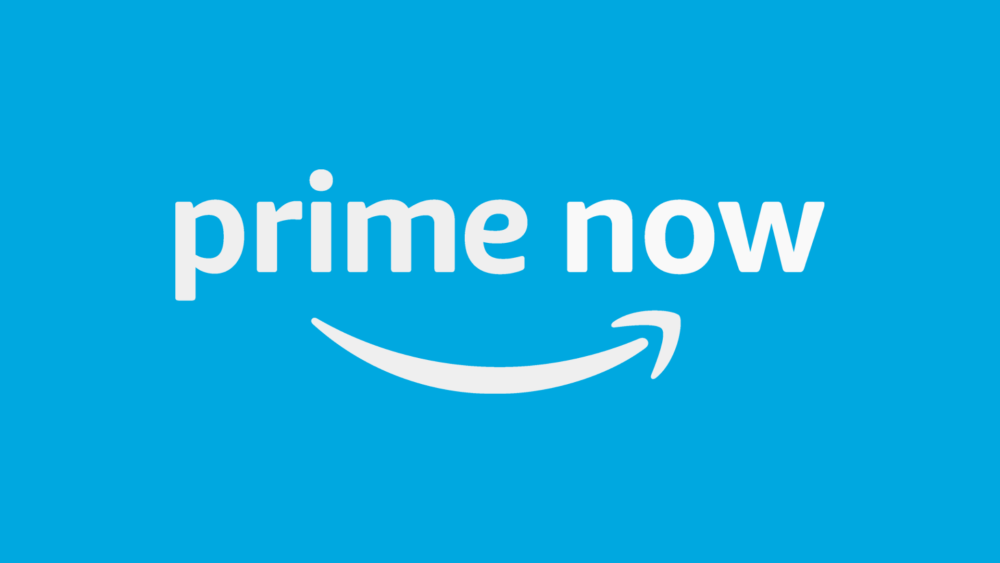
Amazon Prime Now, launched in 2014, emerged as a groundbreaking service offering ultra-fast delivery to Amazon Prime members. Initially introduced in select metropolitan areas, Prime Now promised delivery of household essentials, groceries, and a variety of other products within two hours, and in some cases, as quickly as one hour for an additional fee. This service significantly elevated customer expectations for e-commerce delivery speeds and set new standards in the retail industry.
The Genesis of Prime Now
The inception of Prime Now was a strategic move by Amazon to capitalize on the growing demand for immediate delivery of goods. Leveraging its extensive logistics network and advanced technology, Amazon aimed to bridge the gap between online shopping convenience and the instant gratification of in-store purchases. Prime Now was first rolled out in New York City and gradually expanded to other major cities across the United States and internationally, including parts of Europe and Asia.
Services and Offerings
Prime Now provided access to tens of thousands of items across various categories:
Groceries and Household Items: Fresh produce, dairy, meat, and everyday essentials.
Electronics and Gadgets: Latest tech products and accessories.
Health and Beauty: Personal care items and wellness products.
Entertainment: Books, games, and even last-minute gift options.
In addition to Amazon's own inventory, Prime Now partnered with local retailers and restaurants in certain cities, allowing customers to order from their favorite local stores and eateries for swift delivery.
Integration into Amazon.com
By 2021, Amazon started integrating Prime Now services into the main Amazon app and website. This move aimed to streamline the shopping experience by consolidating services under one platform. The standalone Prime Now app was phased out in many regions, but the ultra-fast delivery options remained available. Customers could access the same two-hour delivery windows for eligible items directly through Amazon's primary channels.
Impact on the Retail Landscape
Prime Now's introduction had a ripple effect across the retail sector:
Competition: Rivals like Walmart and Target enhanced their own delivery services to keep pace.
Consumer Expectations: Fast delivery became a standard expectation rather than a premium service.
Local Partnerships: Emphasis on collaborating with local businesses grew, benefiting small retailers.
Challenges and Adaptations
Operating an ultra-fast delivery service posed logistical challenges:
Inventory Management: Ensuring real-time stock availability required sophisticated systems.
Delivery Logistics: Managing a fleet capable of rapid deliveries demanded significant investment.
Environmental Concerns: The push for speed raised questions about sustainability and carbon footprints.
Amazon addressed these challenges by investing in technology such as artificial intelligence for inventory predictions and exploring eco-friendly delivery methods, including electric vehicles and bicycle couriers in urban areas.
The Future of Ultra-Fast Delivery
Amazon continues to refine its delivery services. The integration of Prime Now into the main platform reflects a strategic shift towards a unified customer experience. Ultra-fast delivery remains a key component of Amazon's value proposition, especially as it explores innovations like drone deliveries and autonomous vehicles to further reduce delivery times.
Conclusion
Amazon Prime Now has been instrumental in reshaping consumer expectations around delivery speed and convenience. By offering ultra-fast delivery options, Amazon not only enhanced its service offerings for Prime members but also pushed the entire retail industry towards faster, more efficient delivery models. As the company continues to innovate, the legacy of Prime Now's emphasis on speed and customer satisfaction endures within Amazon's evolving ecosystem.